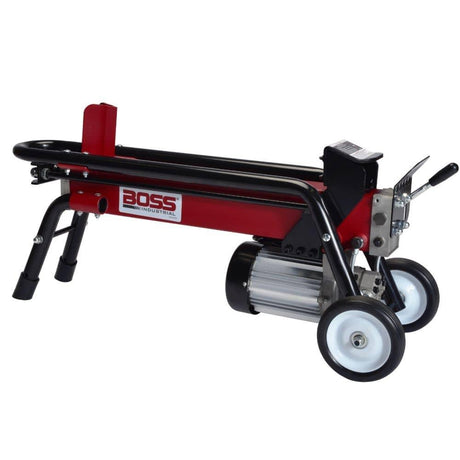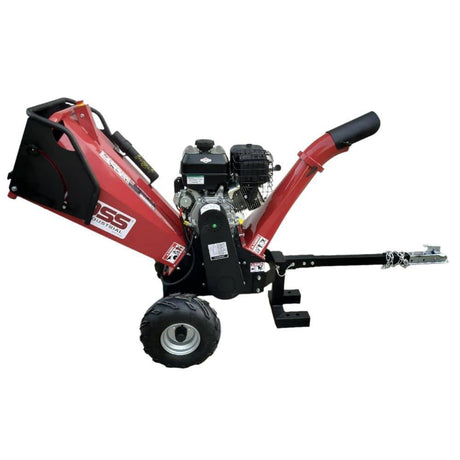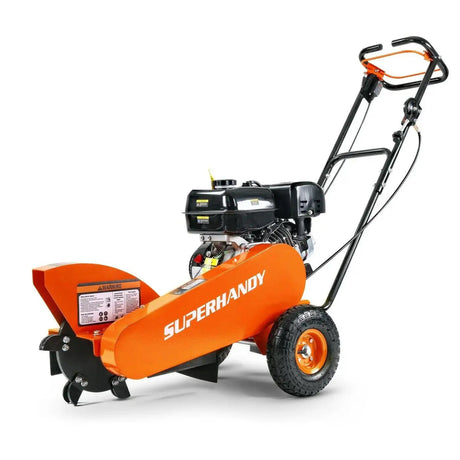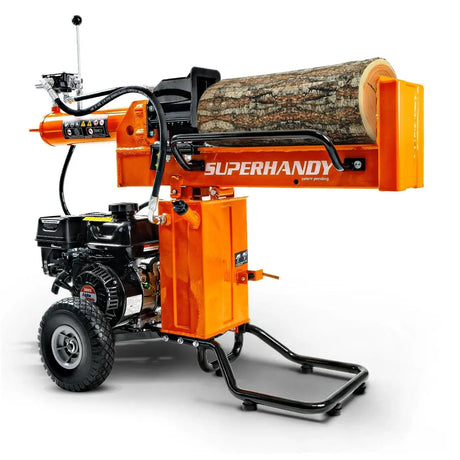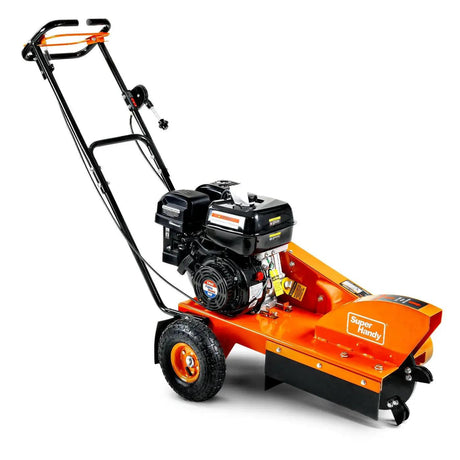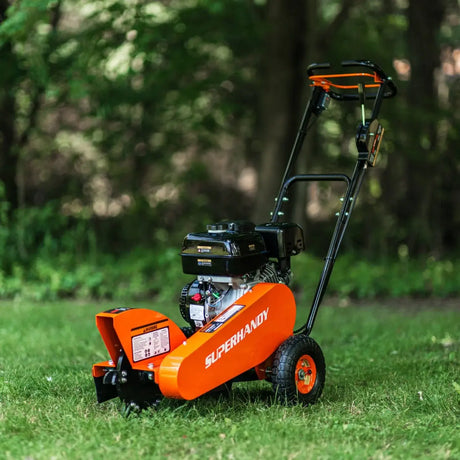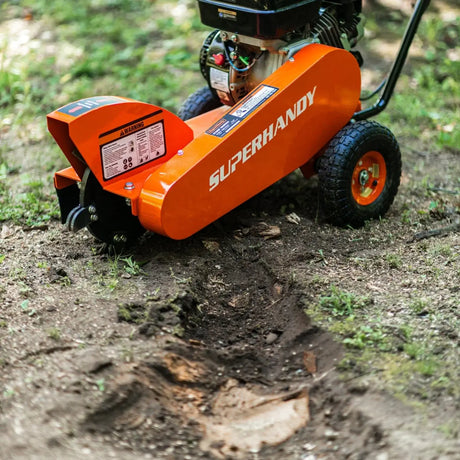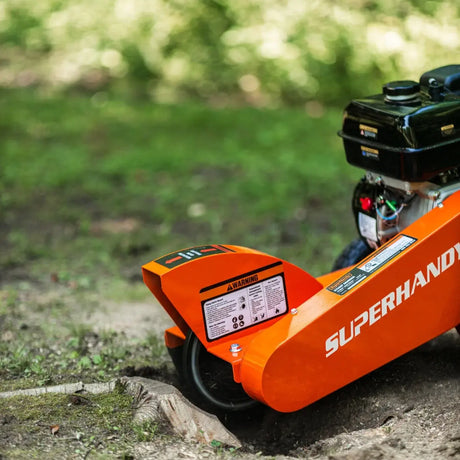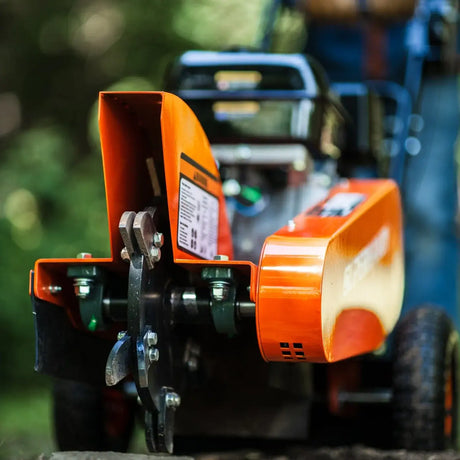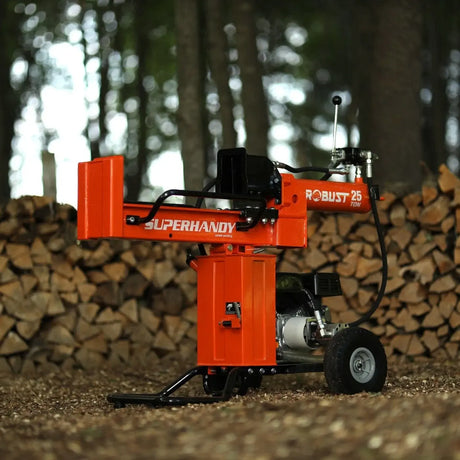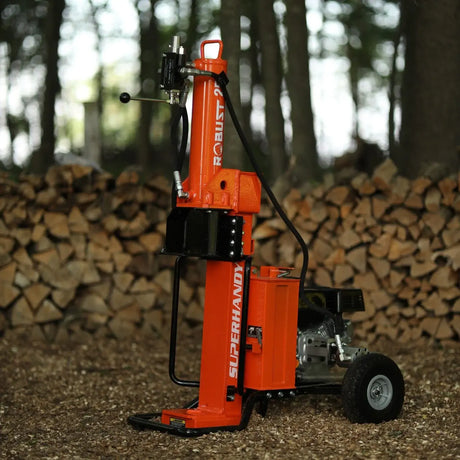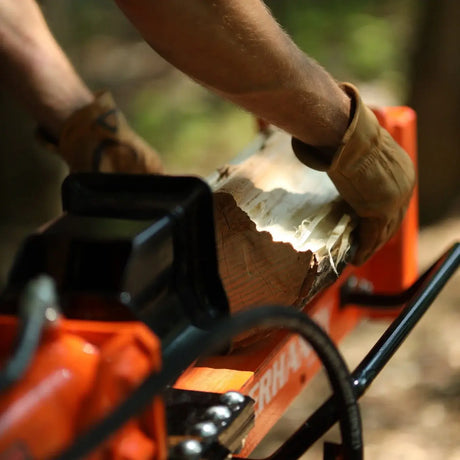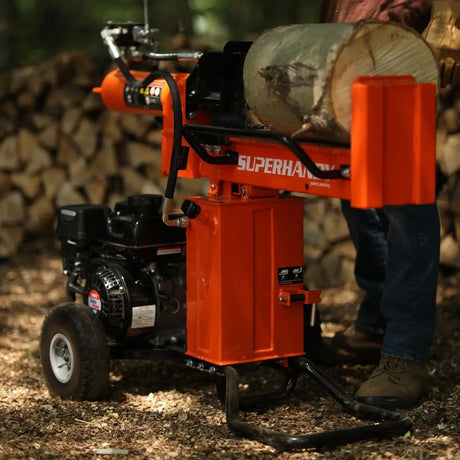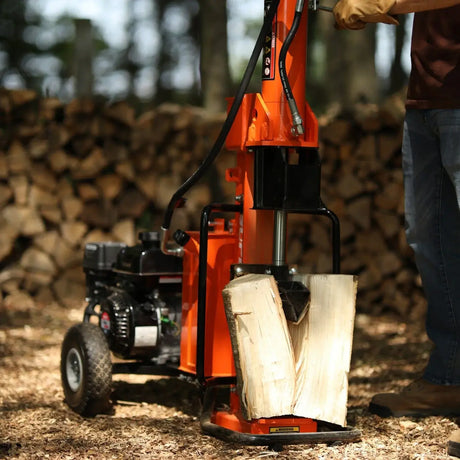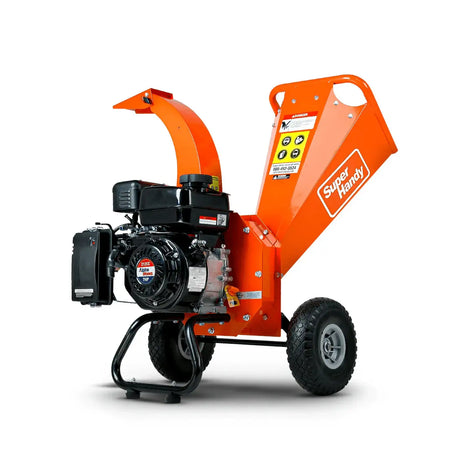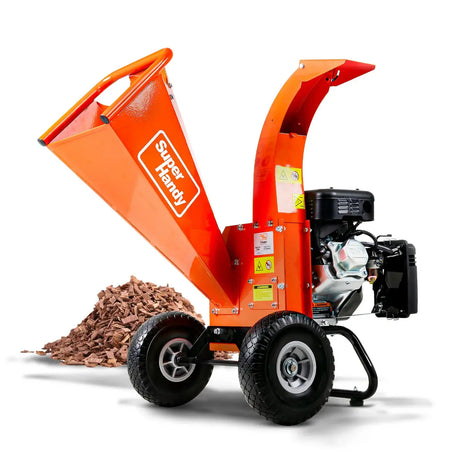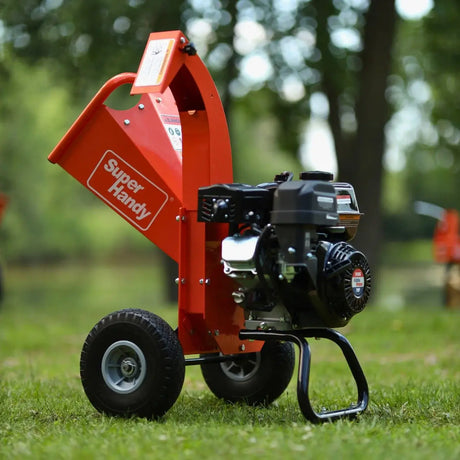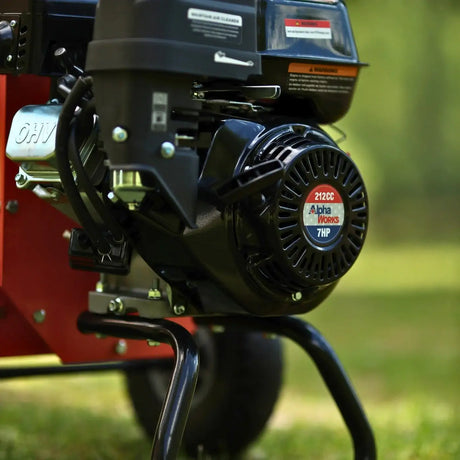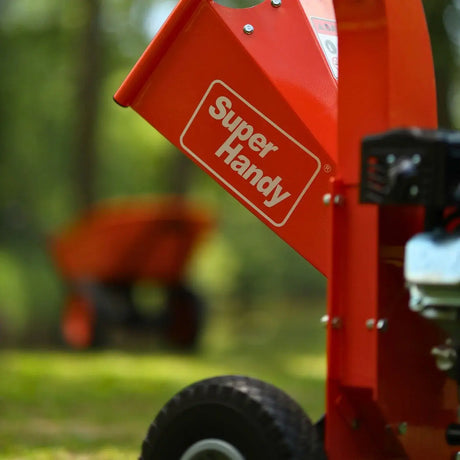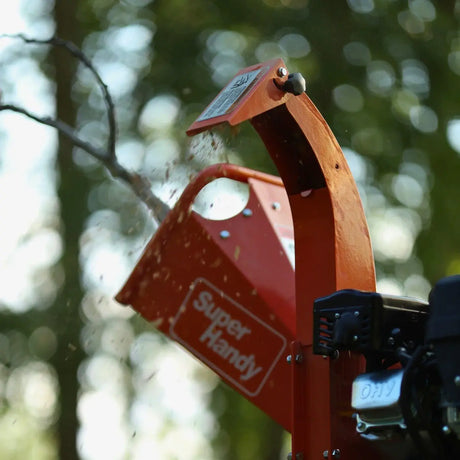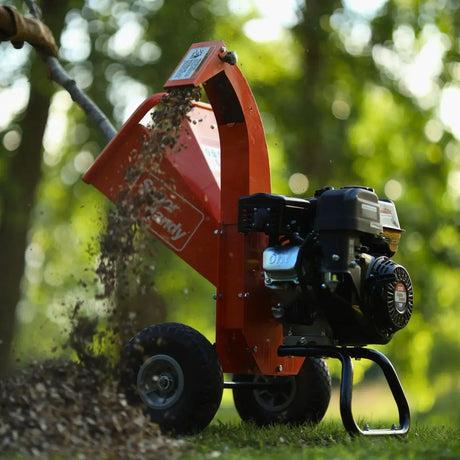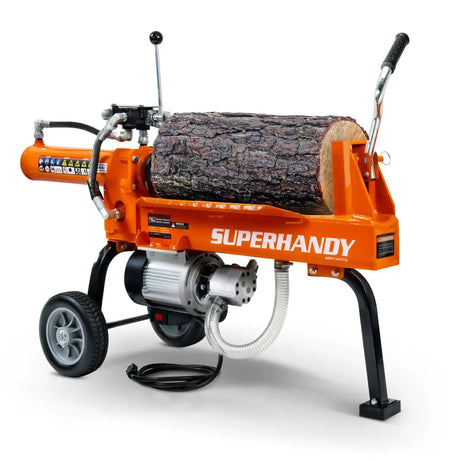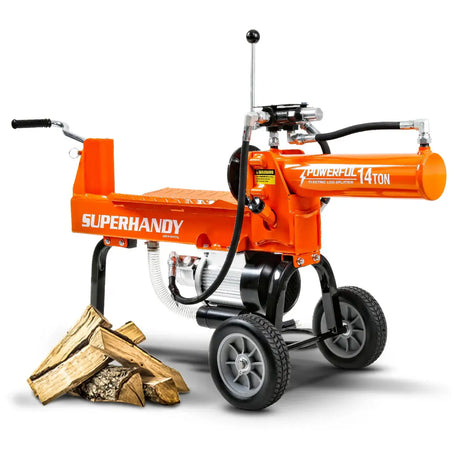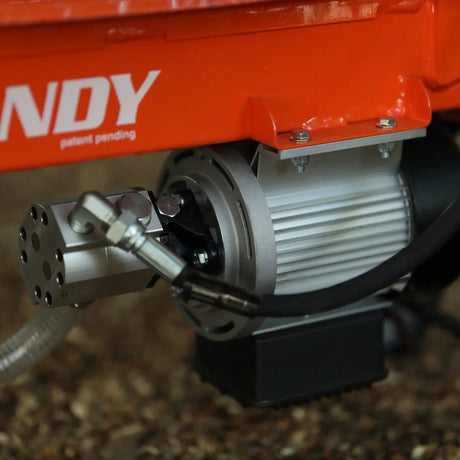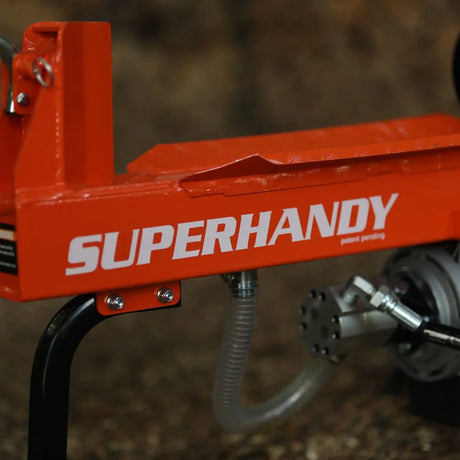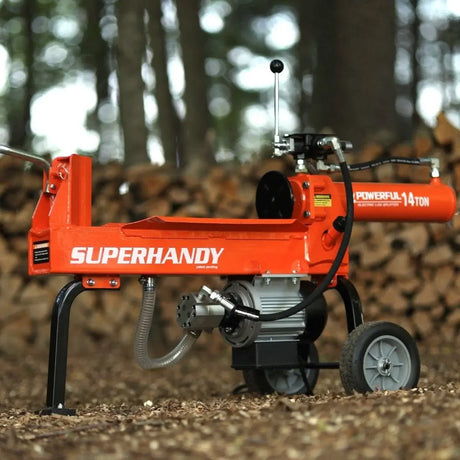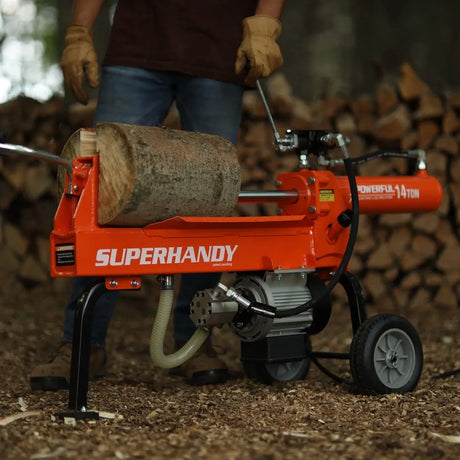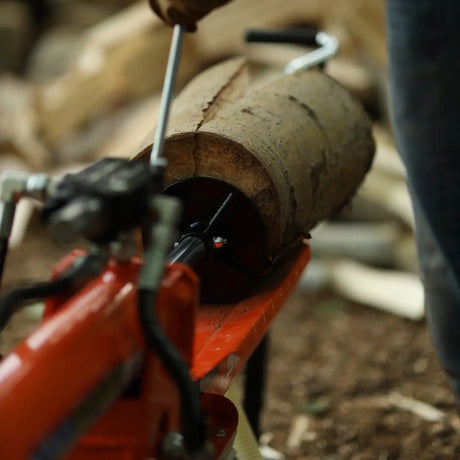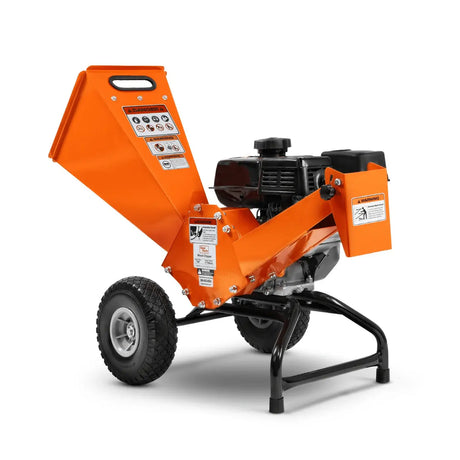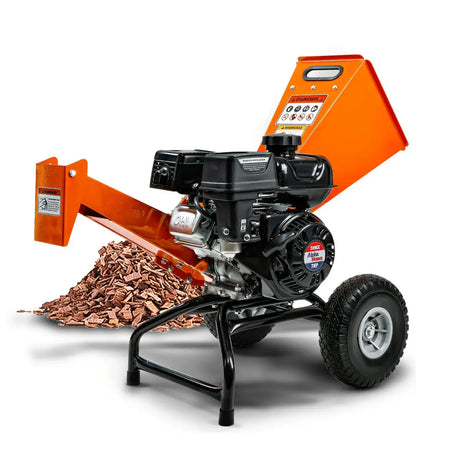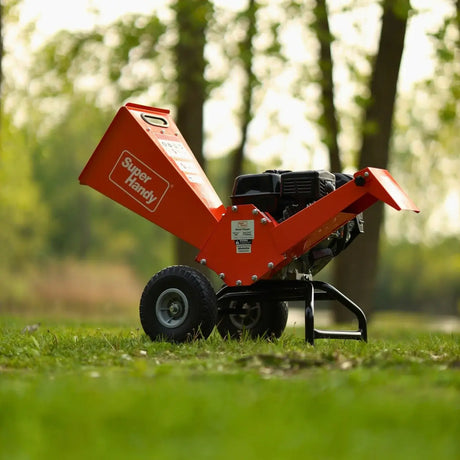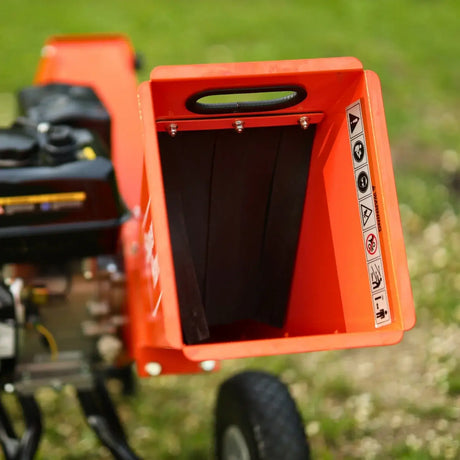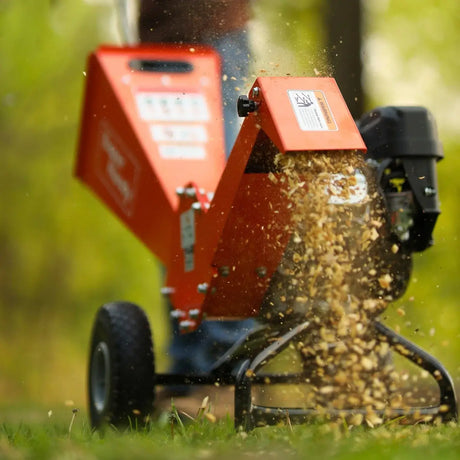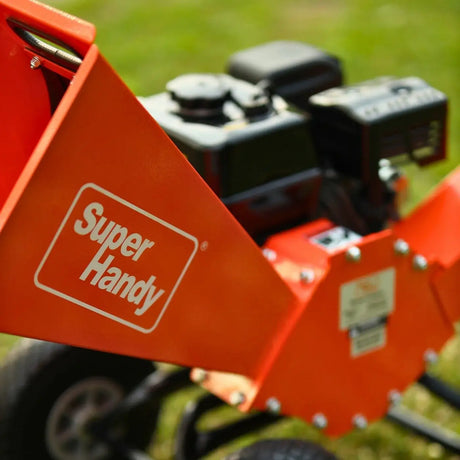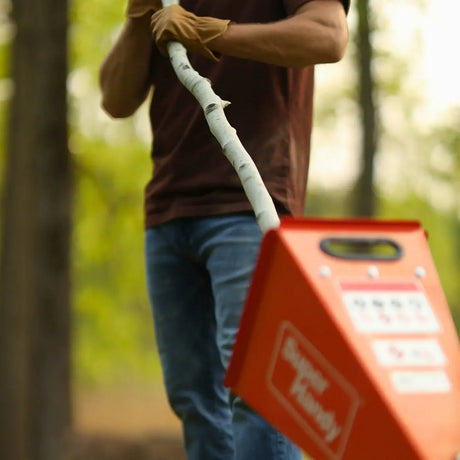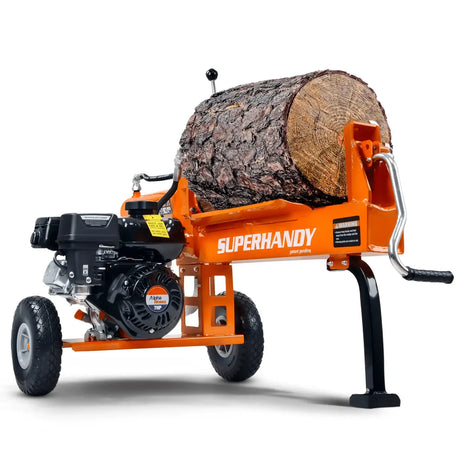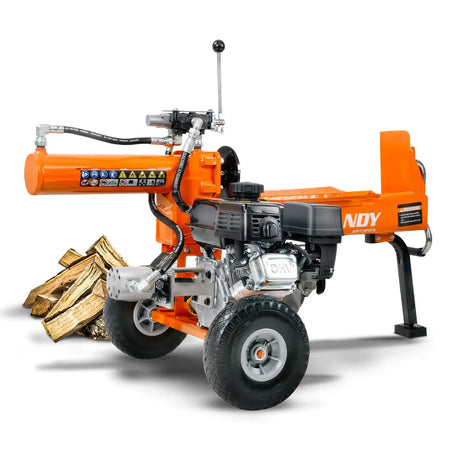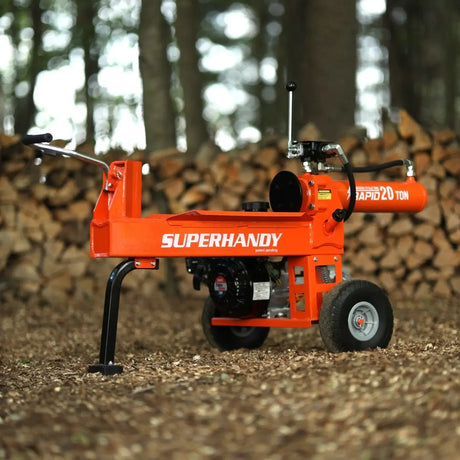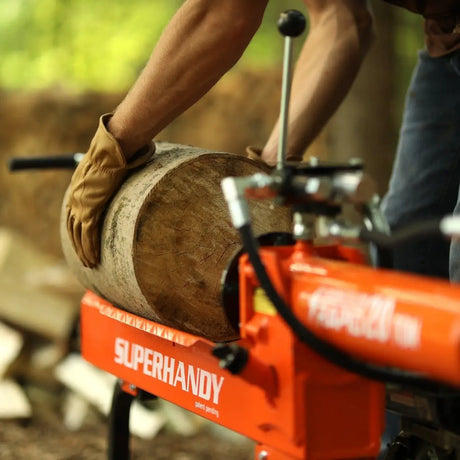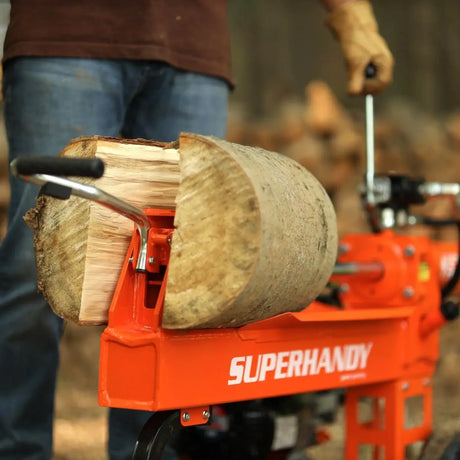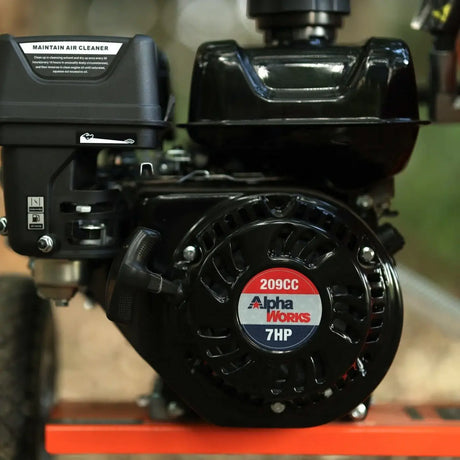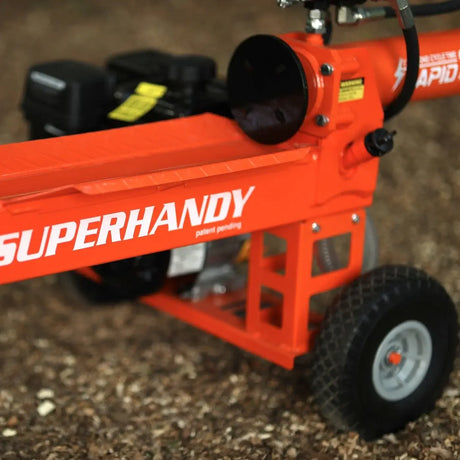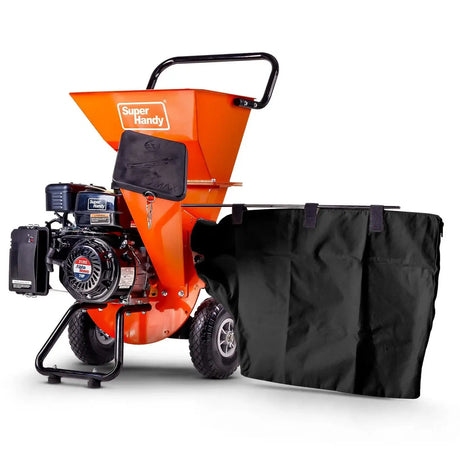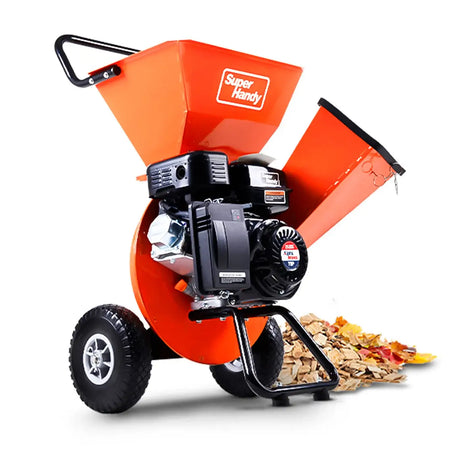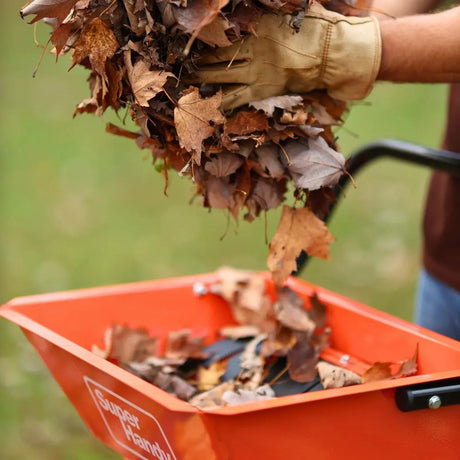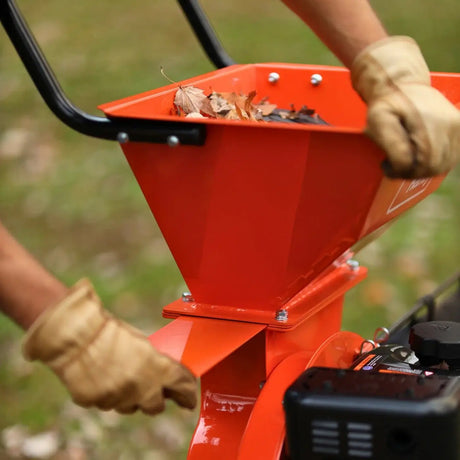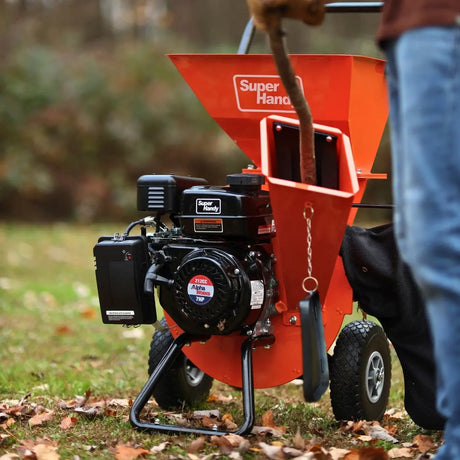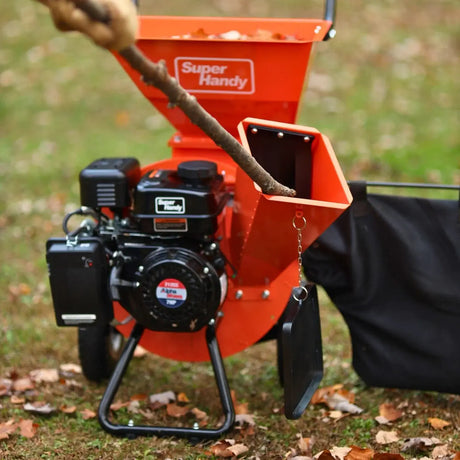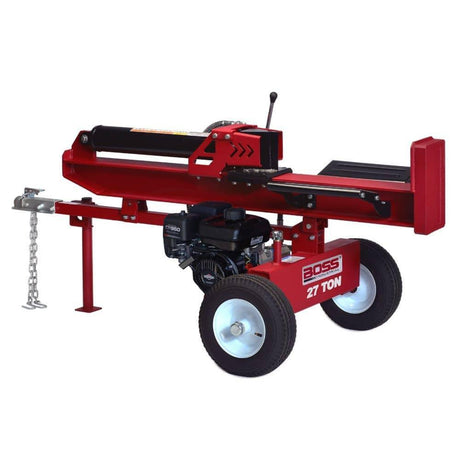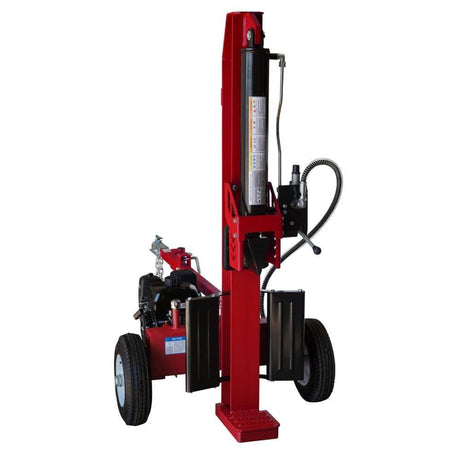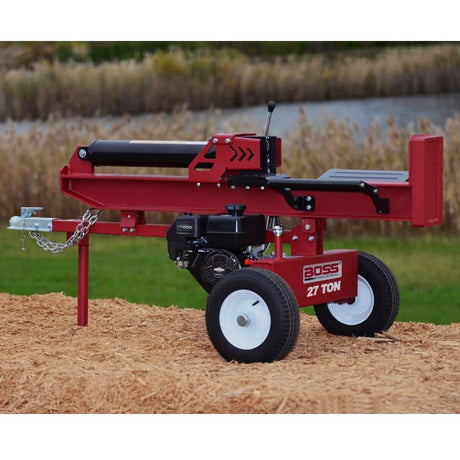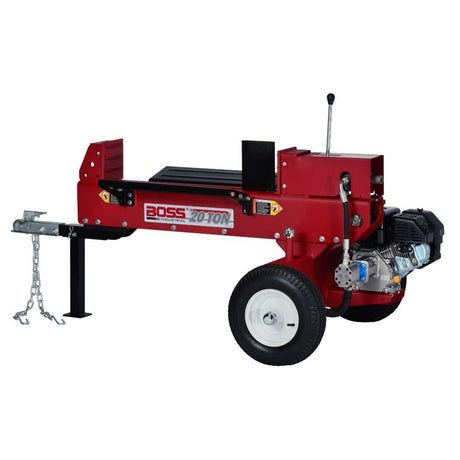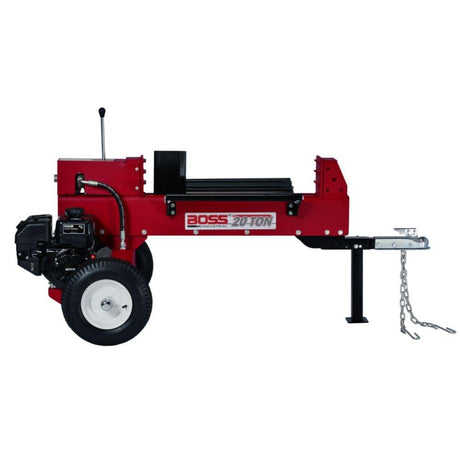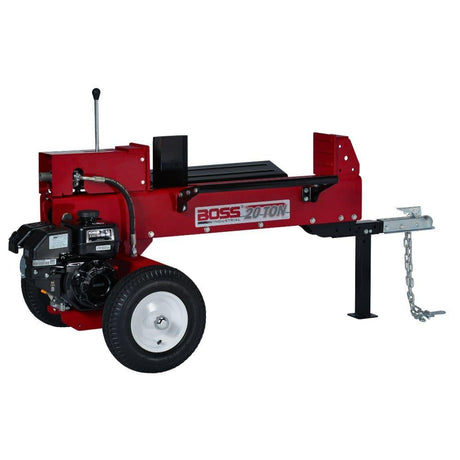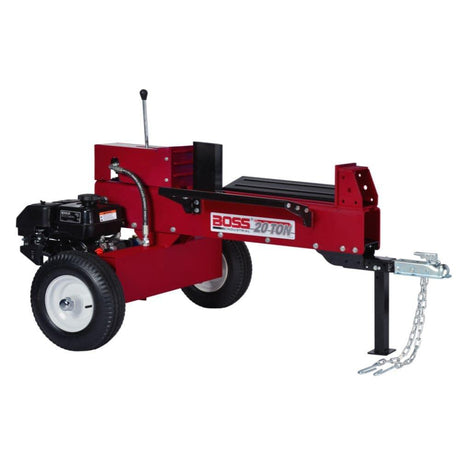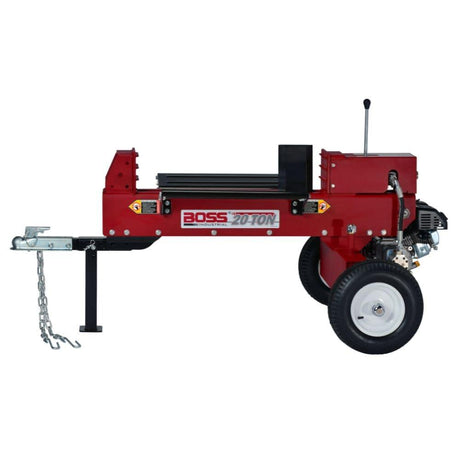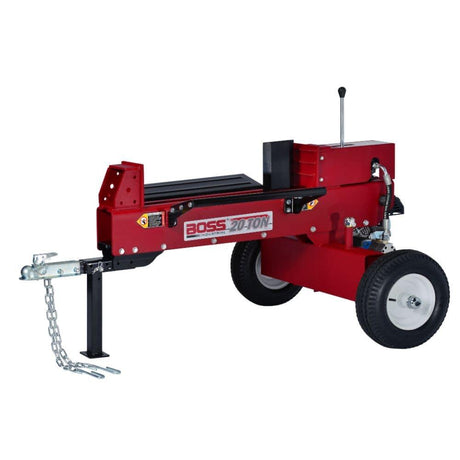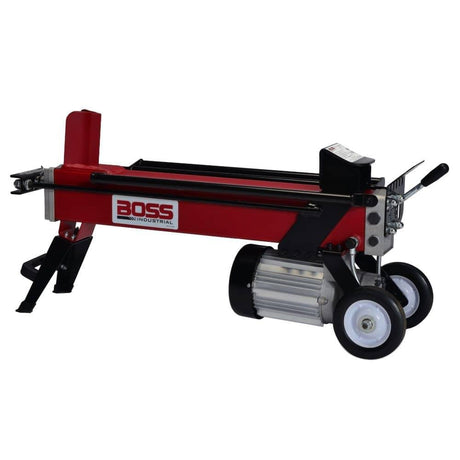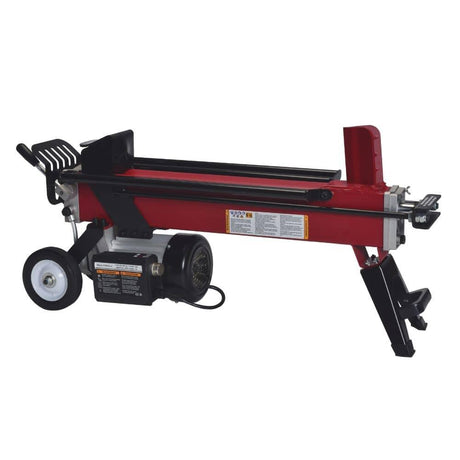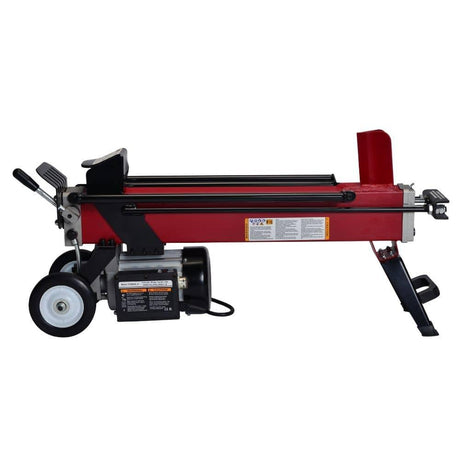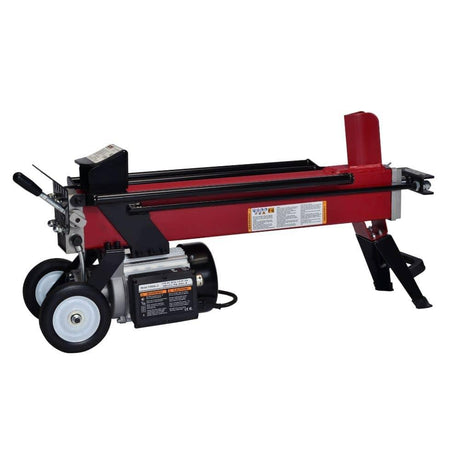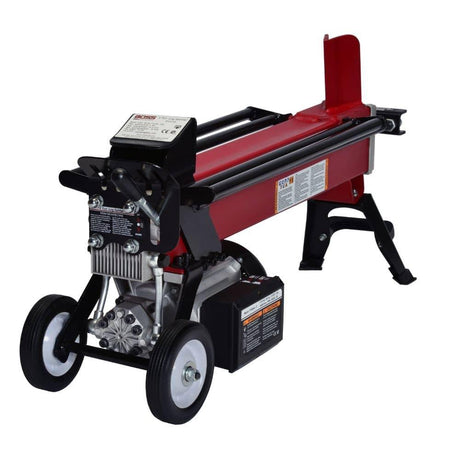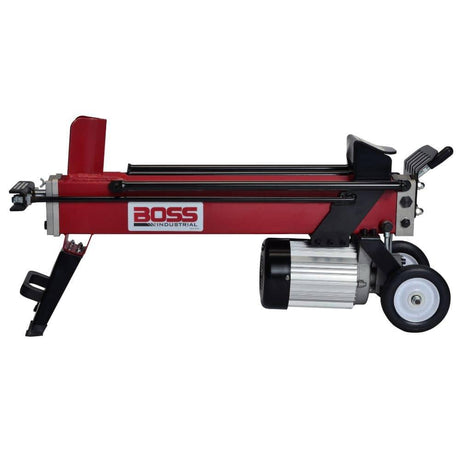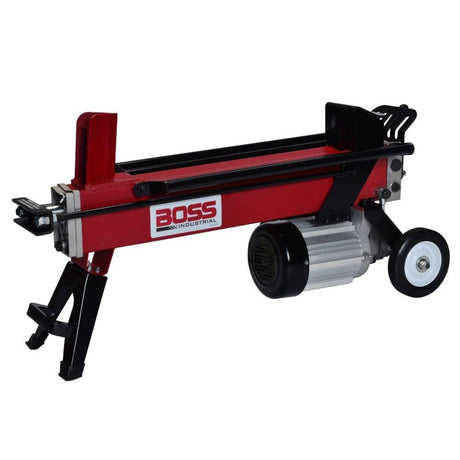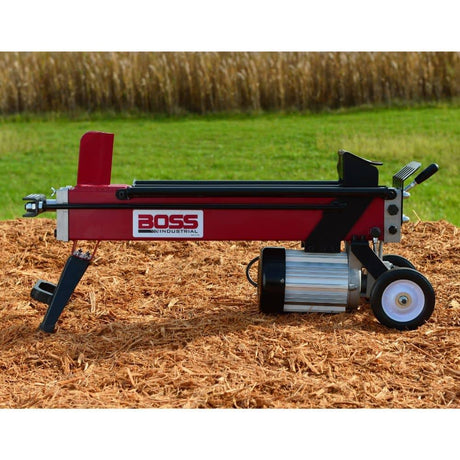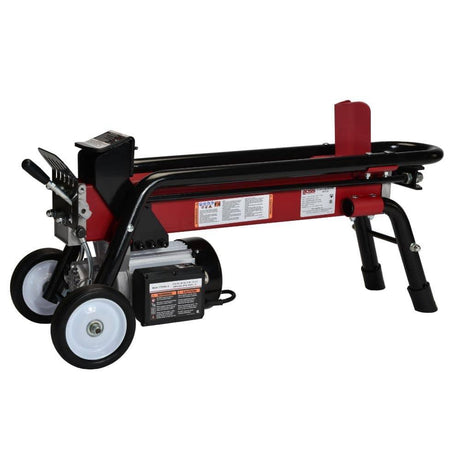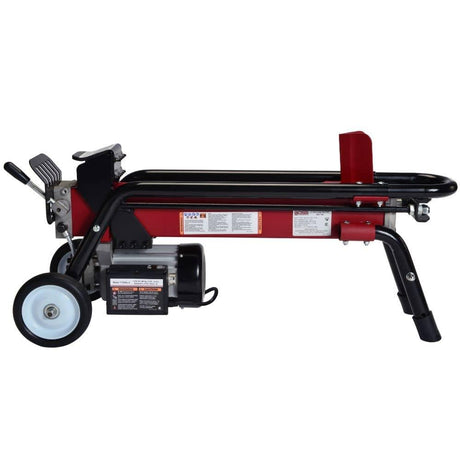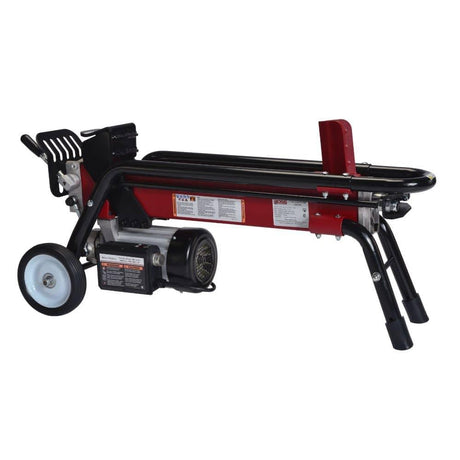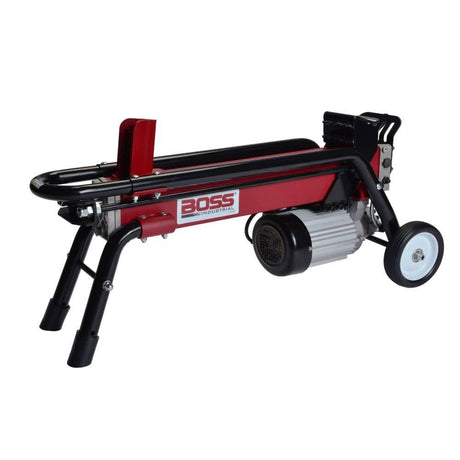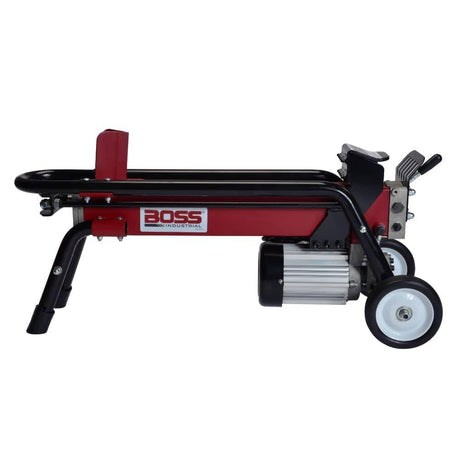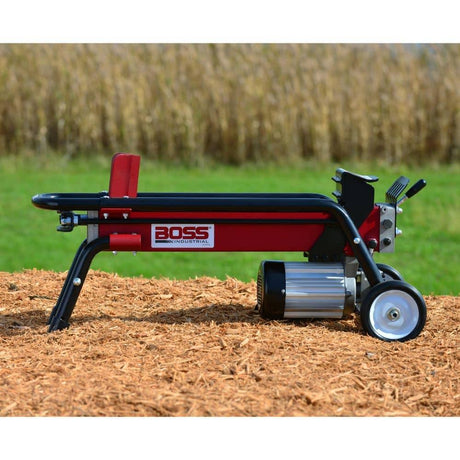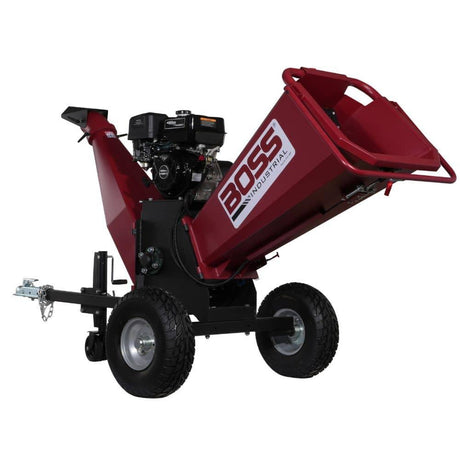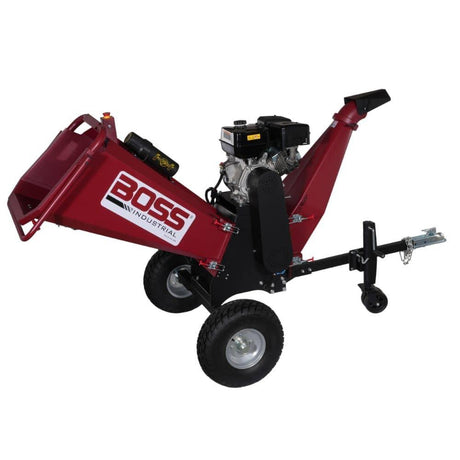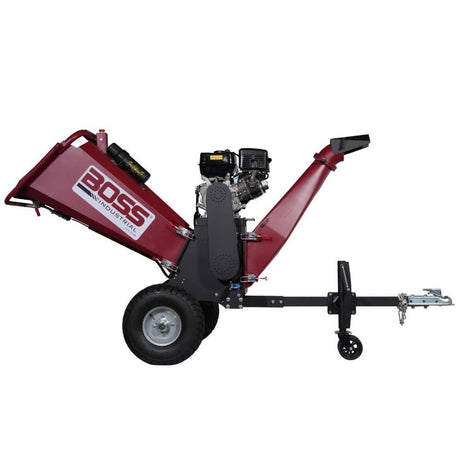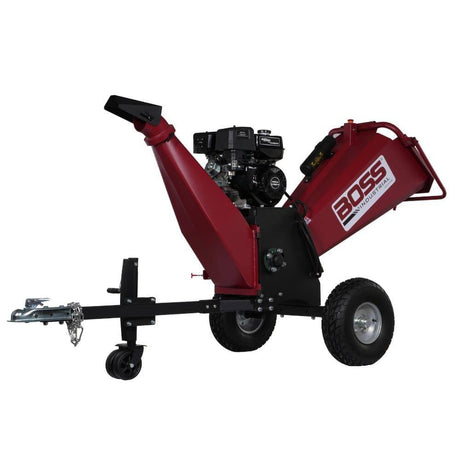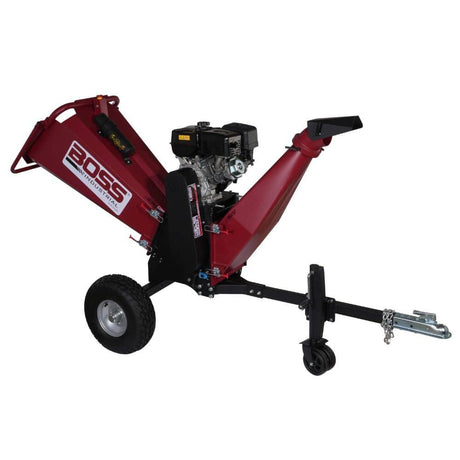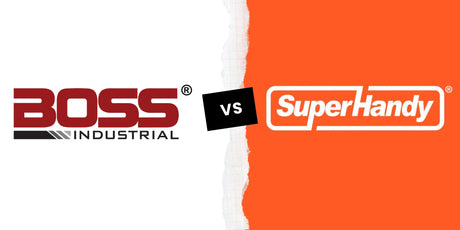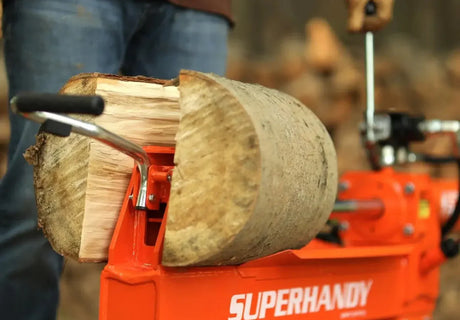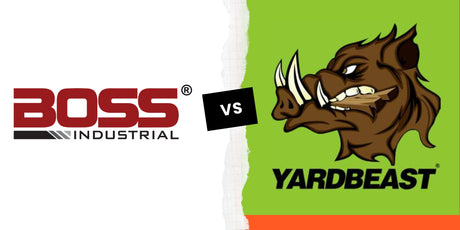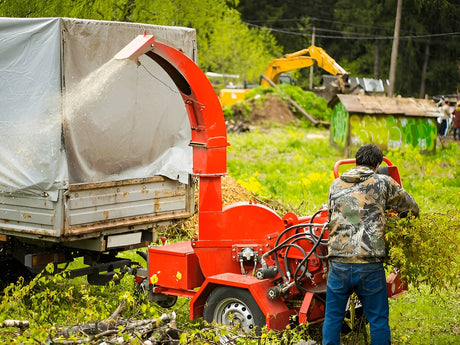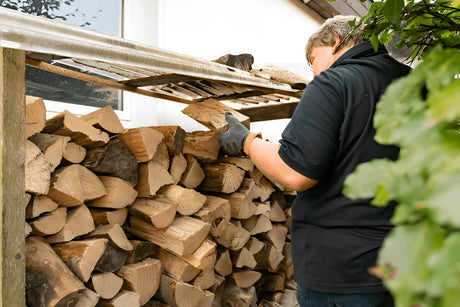Wood chippers are powerful tools-but like any machine, they have their limits. One of the most common frustrations users face is clogging. If you've ever had to stop mid-job to dig out a jam, you know how disruptive it can be.
Whether you're a homeowner clearing storm debris or a landscaper managing daily brush loads, understanding why chippers clog-and how to prevent it-will save you time, money, and a few headaches.
For insights on operating expenses, check out our Fuel Cost Per Hour for Yard Tools by Horsepower (Full Chart) to see how much you might spend running a gas chipper.
Key Takeaways
- Most clogs are preventable with better feeding habits and regular maintenance.
- Dull blades, wet wood, and overfeeding are top offenders.
- Safety always comes first: never clear a clog while the machine is running.
- Simple adjustments-like alternating debris sizes or cutting branches shorter-go a long way.
Top Wood Chipper Clog Causes and Fixes (Table)
The table below breaks down the most common clogging issues, what causes them, and how to fix them fast.
| Clog Cause | Description | Solution |
|---|---|---|
| Overloading the chipper | Feeding too much material overwhelms the chipper. | Feed smaller, controlled amounts. Let the chipper catch up. |
| Improper material preparation | Long, knotty branches or wet wood increase risk of jams. | Cut branches to size, remove knots, use dry wood when possible. |
| Dull or damaged blades | Blades lose effectiveness when dull or bent, causing buildup. | Sharpen or replace blades regularly; inspect before use. |
| Low RPM or power issues | Low speed or insufficient power reduces processing ability. | Ensure engine runs at optimal RPM; check power/fuel systems. |
| Blocked outtake pipe | Debris in outtake prevents discharge, backing up material. | Check and clean outtake pipe frequently, especially after heavy use. |
| Feeding small debris alone | Leaves and twigs without larger branches cause feed jams. | Alternate small debris with thicker branches to help push material through. |
What This Table Shows
This table lists the six most common reasons a wood chipper clogs-along with a quick explanation and a go-to solution.
It covers:
- Material issues (like feeding wet or small debris)
- Machine conditions (like blade sharpness or engine speed)
- User errors (like overfeeding)
Each row highlights a scenario I've seen in the field countless times-whether from a homeowner unfamiliar with chipper limits or a pro trying to power through a brush pile too fast.
This info is valuable because it gives you quick troubleshooting insight. Instead of guessing, you'll know what to look for-and how to fix it before it becomes a bigger problem.
How to Use This Data in Real Life
Here's how you can apply this information immediately:
1. Choose the Right Chipper for the Job
- If you're regularly feeding knotty hardwood or thick limbs, a gas-powered chipper with higher HP will clog less often.
- For lighter, leafy debris, consider a larger hopper opening or a model with automatic feed rollers.
To find the right machine, see Wood Chipper Sizes Explained: What Size Do You Really Need for guidance on selecting the proper chipper capacity.
2. Improve Feeding Technique
- Don't shove everything in at once. Let the machine work at its own pace.
- Alternate fine debris (like twigs) with chunkier branches to help push material through.
3. Avoid Common Mistakes
- Don't use wet wood. It gums up the blades.
- Don't ignore blade maintenance. Even small chips or dullness can cause jams.
- And always clear the outtake chute-I've seen chippers stall because of a single stuck clump of mulch.
For a list of items that can cause serious jams, check out 5 Things You Should Never Put in a Wood Chipper to avoid damaging your equipment.
Pro Maintenance Tips to Prevent Clogs
Prevention beats fixing a jam every time. This second table covers four best practices that help keep your chipper clog-free and running smoothly.
| Best Practice | Details |
|---|---|
| Read the Manual | Know max diameter and safety limits. |
| Avoid Wet Material | Wet wood sticks and jams blades. |
| Regular Maintenance | Clean after use, check oil and belts. |
| Positioning Tips | Use flat surface and correct feed angle. |
Final Thoughts
A clogged chipper is more than an inconvenience-it can shorten the life of your machine and cost you in downtime. But the good news is: most clogs are preventable.
By following smart feeding techniques, maintaining your blades, and understanding your chipper's capacity, you can keep things running clean and efficient. Think of it like maintaining your chainsaw or log splitter: the better you treat the machine, the better it performs.
👉 Need a chipper that can handle heavy brush without bogging down? Check out our top-rated gas wood chippers here.


